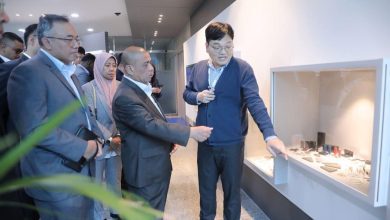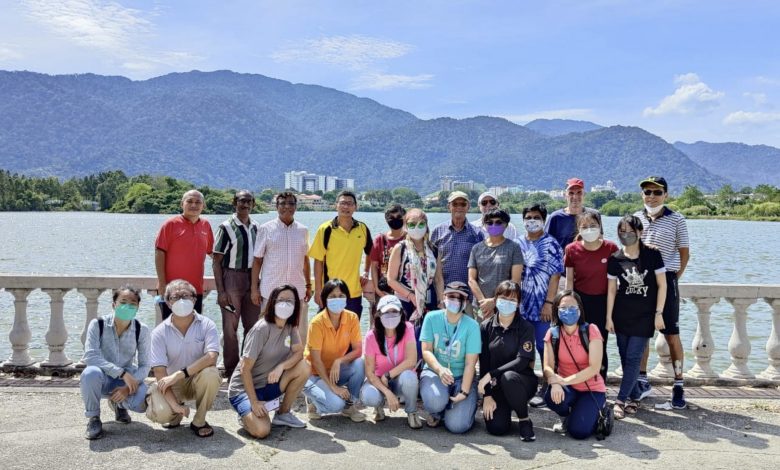

Kampar was once a booming mining town. Having only two main streets, Jalan Idris and Jalan Gopeng, this small town also served as a coastal road to Kuala Lumpur.
Not many know that it was the battlefield of the most ferocious fight between the British and Japanese during World War II.
Gary Lit, a visiting professor to some established and reputable universities in Asia and Europe, who authored a book titled “If The Sky Were To Fall”, recently conducted a tour to his Kampar hometown, to share his knowledge of the battles.
In conjunction with the launch of the book, “If The Sky Were To Fall”, a group gathered to revisit some of its history and shared in Lit’s retelling of history.
The group consisted of principals and teachers from Yuk Choy, Sam Tet, St. Michael’s Institution and St. Bernadette’s Convent as well as a group of expatriates who drove all the way from Penang.
Kampar hill has a colourful history. Unfortunately, even with the bright shadow of its former glory, the area garners very little attention from the people.
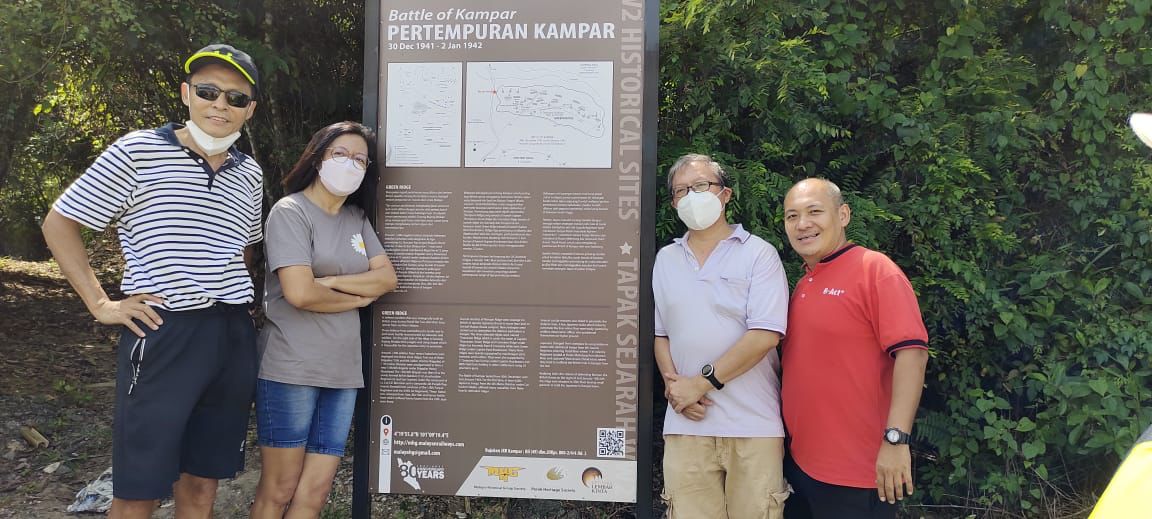

The battle of Kampar (Thomson ridge and Green ridge) took place on the hill sitting behind the former tin mining pool (in front of UTAR) which has now turned into a panoramic picnic scene for students and residents in the area. The gorgeous hill create a mesmerising view for passersby.
“It’s probably recognised as one of the most vicious fights during WWII in Malaya due to the steep gradient of the slope with many waves of charging up the hill by the Japanese army only to be pushed back by the tenacious British. It was well-planned by the British with General Percival coming from Singapore headquarters to take charge of the planning,” he shared.
What made the hill a strategic location?
Besides the steepness, the strategic height also benefited the British army, because by standing on the hill, it offered a commanding view surrounding the low lying plains. This helped the British to prepare a very solid defense and to delay the advance of the Japanese army, thus, buying precious time for the British to regroup and reorganise.
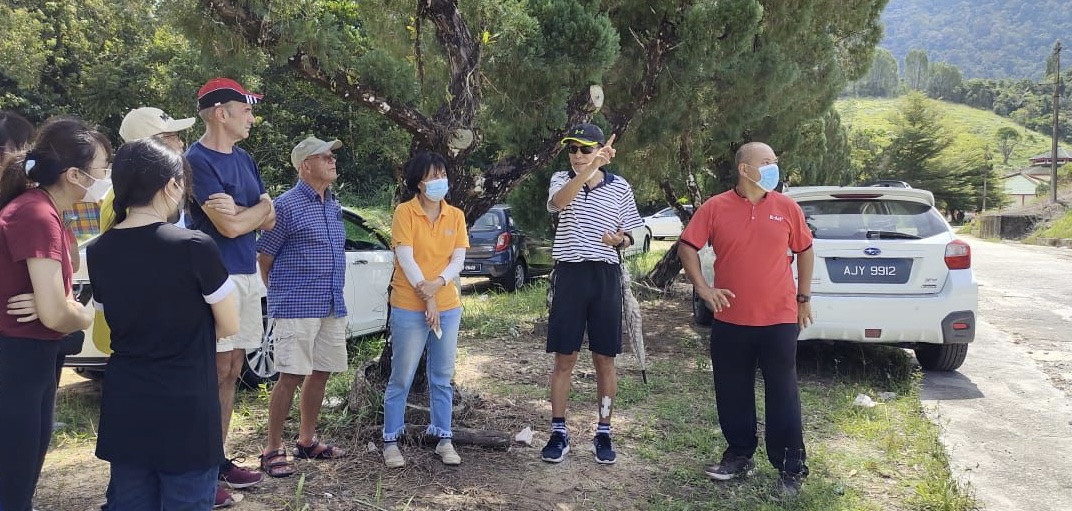

Chinese Burial Ground
The Kampar battle occurred in several areas, including the 130-years-old Chinese cemetery from December 30, 1941 till January 2, 1942. According to Gary, tombstones were used as a shield against Japanese bullets and some of them shattered in the wake of the explosion.
One of them happened to be the visiting professor’s great-grandfather’s tombstone. His parents had then sought out “men mei” (Chinese medium – a custom that was largely practised by the Chinese in the early days to locate missing family members or allow one to speak with deceased family members) to retrieve the missing pieces.
The medium helped his father to recover most of the pieces of his great-grandfather’s tombstone.
He also warned the group that bobby traps may still be present on the Bujang Melaka hill behind the cemetery.
Coronation Hill Renamed to Naga Emas (Golden Dragon)
In the early days, the land belonged to the founder of Eu Yan Sang, Eu Tong Sen. The tycoon later lost ownership to the developers due to some private family matters.
Coronation hill was the housing estate of Eu’s private residence, known as the Eu Tong Sen House and King Bookie’s house.
Another significant locale is the ACS School Kampar, where the British Army was billeted before the intensive Battle of Kampar.
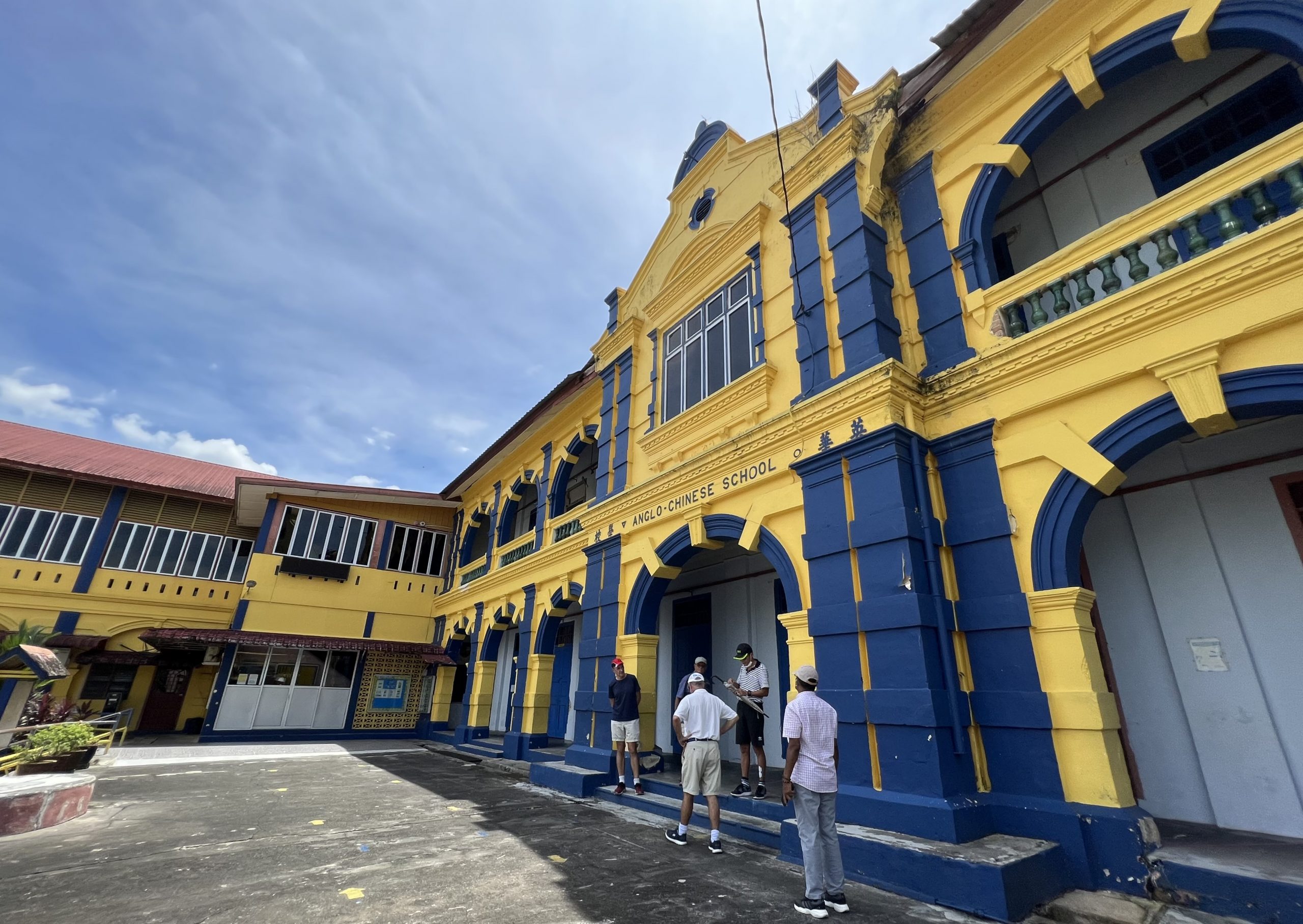

Celebrating its 120th anniversary next year, the primary school was recently given a fresh coat of blue and yellow paint. General Templer officiated the opening of the ACS secondary after the war.
Directly across the road from the ACS primary is the ACS secondary school. The classrooms of the ACS secondary school overlook the Kampar padang which is right in front of it and the pupils have a good view of all the events occuring there.
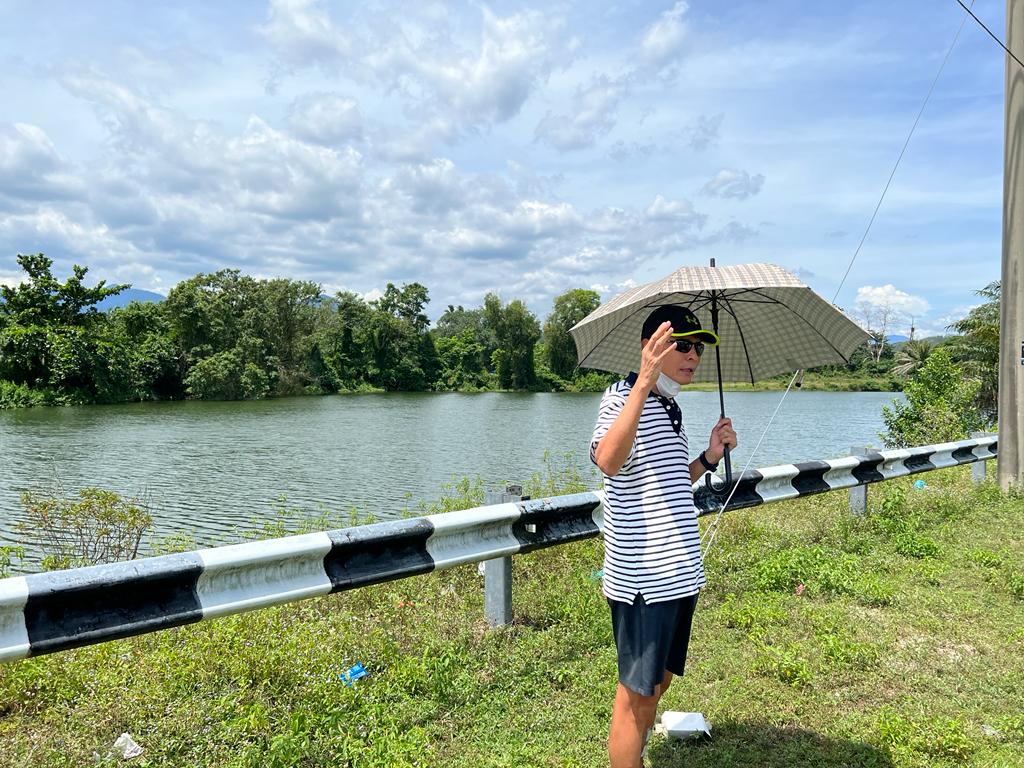

Next Historical Site: Temoh
The Jungle Cave was where Gary’s father and his family hid during the war. During the first year of the Japanese occupation, Gary’s father and his family hid in a Jungle Cave in Temoh. After a year, when things have stabilised, they then moved to a village and lived as farmers.
One day, as Gary’s father was working in the farm, he saw a Japanese soldier was approaching him. The soldier turned out to be a Taiwanese young man who wanted to desert his unit. Gary’s father dug a deep hole and helped the young man to bury his uniform, his rifle and helmet. He survived the war as a farmer and married a local girl and brought her back to Taiwan after the war. A positive ending!
“My father was slapped and kicked by a Japanese soldier while my grandfather was punched, kicked and butted by a Japanese soldier using his rifle. My granduncle was tortured and eventually killed in Taiping prison.
“During the Japanese occupation, one of the most frightening episodes was the ‘Sook Ching‘. During Sook Ching, all the residents in the town were forced to march around some hooded men in the centre of the padang. One nod from their head would mean disaster for the whole family. Many thousands of innocent Malayans were tortured and killed.
“The Japanese army was always eyeing those who had English names because they were seen as spies. Also those with a pair of soft hands or bespectacled as they were suspected to be intellectuals with anti-Japanese thinking!” he exclaimed.
“Thousands of innocent Malayans suffered terribly under the dangerous circumstances of WW2. In order to seek justice and protection, some Malayans had no choice but to go up the mountain to become mountain guerrillas (San Teng Lo) with the MPAJA (communists). The British signed the ‘Blantan Treaty’ with the MPAJA to train, equip and fund them to fight against the Japanese during WW2.
“After the war, MPAJA became the Malayan Communist Party (MCP) headed by Chin Peng. Chin Peng was given two special OBE Awards by the Queen. He was even invited to attend the Victory Parade in London. However, after declaring the Emergency, the British banned the MCP and condemned Chin Peng as the devil and even put a price on his head.
Here is an interesting fact: During those days, hiding rice was a more serious crime than smuggling drugs. Even more mindblowing is how the British were very laid-back about people taking drugs. According to Gary, the Chinese’s opium addiction then was largely due to the effortless drug trafficking.
Gisele Soo


